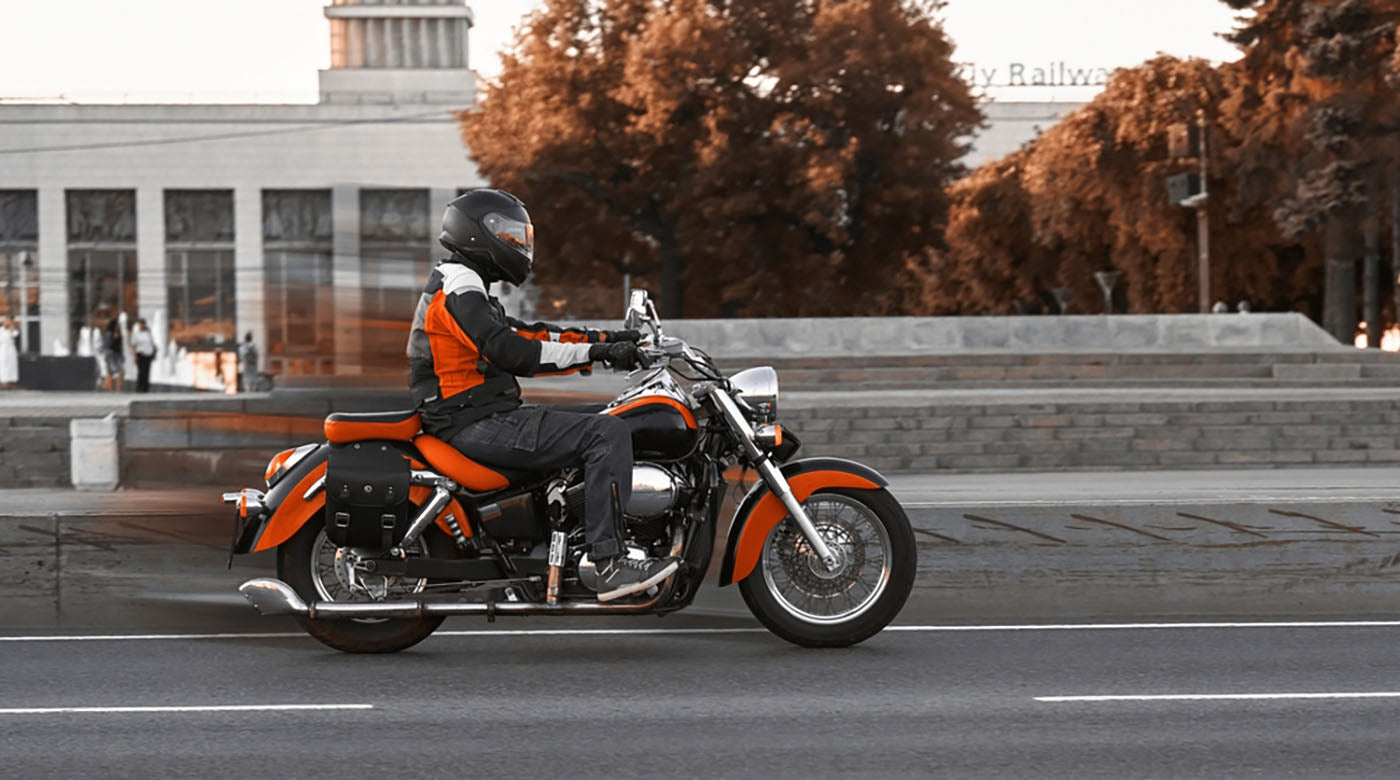Body Stock/Shutterstock.com
Snowmobiles know no bounds when the ground is blanketed in snow. Groomed trails offer smooth, packed terrain for maximizing speed and perfecting turns in a predictable environment, but the backcountry is full of surprises. Exploring the winter countryside off-trail gives you access to pristine powder and pathways that don’t follow an established route, challenging your navigation and driving skills. Learn how to prepare for exploring the unknown on a snowmobile.
What Is Backcountry Snowmobiling?
Backcountry snowmobiling means riding on unmarked or ungroomed trails left to the elements. They may be in a park or on private property, are more remote and typically have fewer, if any, tracks from other riders. You can choose your route when exploring unmarked areas or try to follow an established trail, but the way may be obscured by snow or debris, making it hard to know which way to go when following a set course. In either case, riding backcountry requires relying on your instincts as you eventually find your way home. If traveling outside a park, you’ll need a permit and written permission from the landowner to ride a snowmobile to avoid trespassing.
Essential Gear for Backcountry Snowmobiling
Leaving the safety of a groomed trail requires additional planning. In addition to your usual snowmobiling attire, you’ll need navigation and communication tools, rescue and recovery equipment and survival gear to clear a path in an emergency. Your packing checklist should include:
- A well-maintained snowmobile
- Full-face or half-face helmet with goggles
- Knee, shoulder and elbow pads
- Waterproof gloves
- Waterproof boots
- Snow pants
- Winter jacket
- Winter socks
- Thermal underlays
- Removable middle layers
- Scarf or neck gaiter
- Ski mask
- Hat or beanie
- Sunscreen
- Lip balm
- Ice axe
- Foldable shovel
- Extra pair of gloves, socks, underlayers and hat wrapped in plastic
- Compass
- Paper map
- Satellite radio
- GPS
- Location beacon
- First-aid kit
- Food
- Water
- Spare fuel
- Repair kit
- Water filtration device
- Flares
- Sanitation products
- Flashlight/headlamp
- Tow strap
- Avalanche probe
- ID
- Paper copy of permit wrapped in plastic
- Cash
You should always wear safety gear on a snowmobile regardless of where you ride. The snow can mask obstacles and pitfalls that increase the risk of accidents. Icy snow reduces traction and increases turbulence, leading to more bumps.
Pair your full or half-face helmet with off-road headsets to keep your hands on the handlebars and eyes on the trail when talking to your fellow riders. You can strike up a conversation using your voice without touching the device. It automatically connects up to 15 riders using Dynamic Mesh Communication, forming a direct link between each user so you can stay connected — regardless of formation.
Pair Your Helmet with Off-Road Headsets for Seamless Communication
irina02/Shutterstock.com
Backcountry Snowmobiling Tips
Naturally occurring terrain creates more resistance because the snow isn’t packed, putting extra pressure on the engine. Avoid driving through debris or heavy banks that further reduce power. Expect your sled to endure more wear and tear than your average trip to the park. Bring at least 50 percent more fuel than you expect to use as the engine loses efficiency and in case you get lost. A single tank will get you anywhere from 70 to 300 miles, depending on the size of the tank and sled efficiency.
Never explore the backcountry alone. Travel with at least one other vehicle to tow each other out of a jam if you get stuck. The path can become narrow, leaving room for one sled at a time. Coordinate your location, direction and speed using a snowmobile helmet communication system to make navigational decisions together. Give each other a heads-up if the pathway appears overly slick or you need to stop.
Heading out without a guide requires intermediate to expert skills. You’ll need to stop on a dime, avoid objects and learn how to spot snow-covered obstacles, frozen water and other hazards. Use these snowmobile riding tips to perfect your skills on groomed trails before venturing backcountry.

irina02/Shutterstock.com
Reduce your speed to give yourself more time to maneuver. Stop and probe bumps and uneven sections to see if they’re safe to ride. Mark your route on the trail, noting any lakes, ponds, rivers or flooded sections that could drown your sled and landmarks to track your location using your sense of direction. Tell the authorities where you’re going and use a location tracker to make yourself easier to find.
Going Backcountry on a Snowmobile
Winter is your wonderland when you have free rein on a snowmobile. Backcountry riding helps you get closer to nature and see areas you can’t reach on foot, but you’ll need more gear and a plan to get home to withstand the elements than you would when visiting a park. Choose an area that’s easy to access with fewer obstacles and moderate slopes to build confidence in this new environment.





